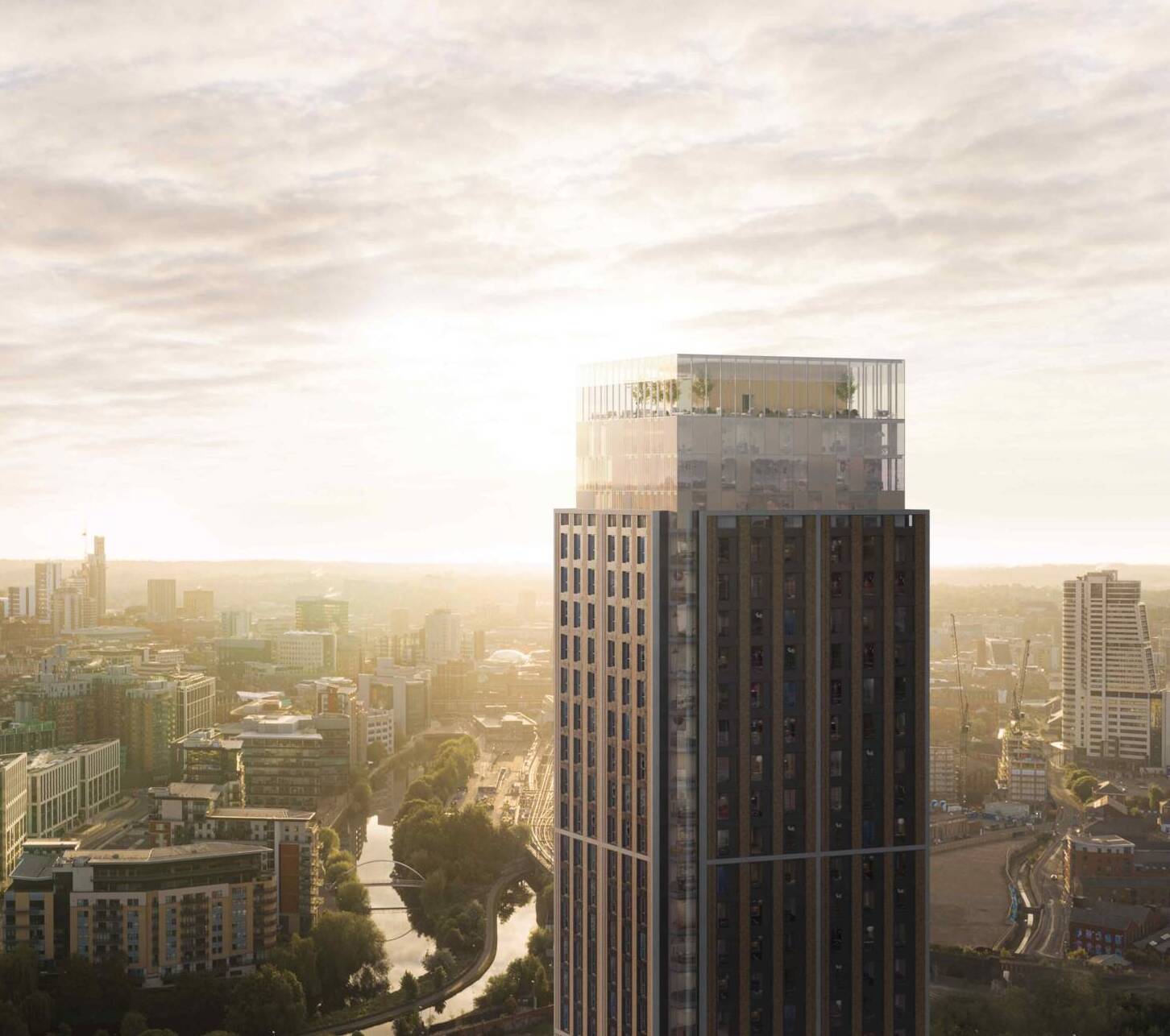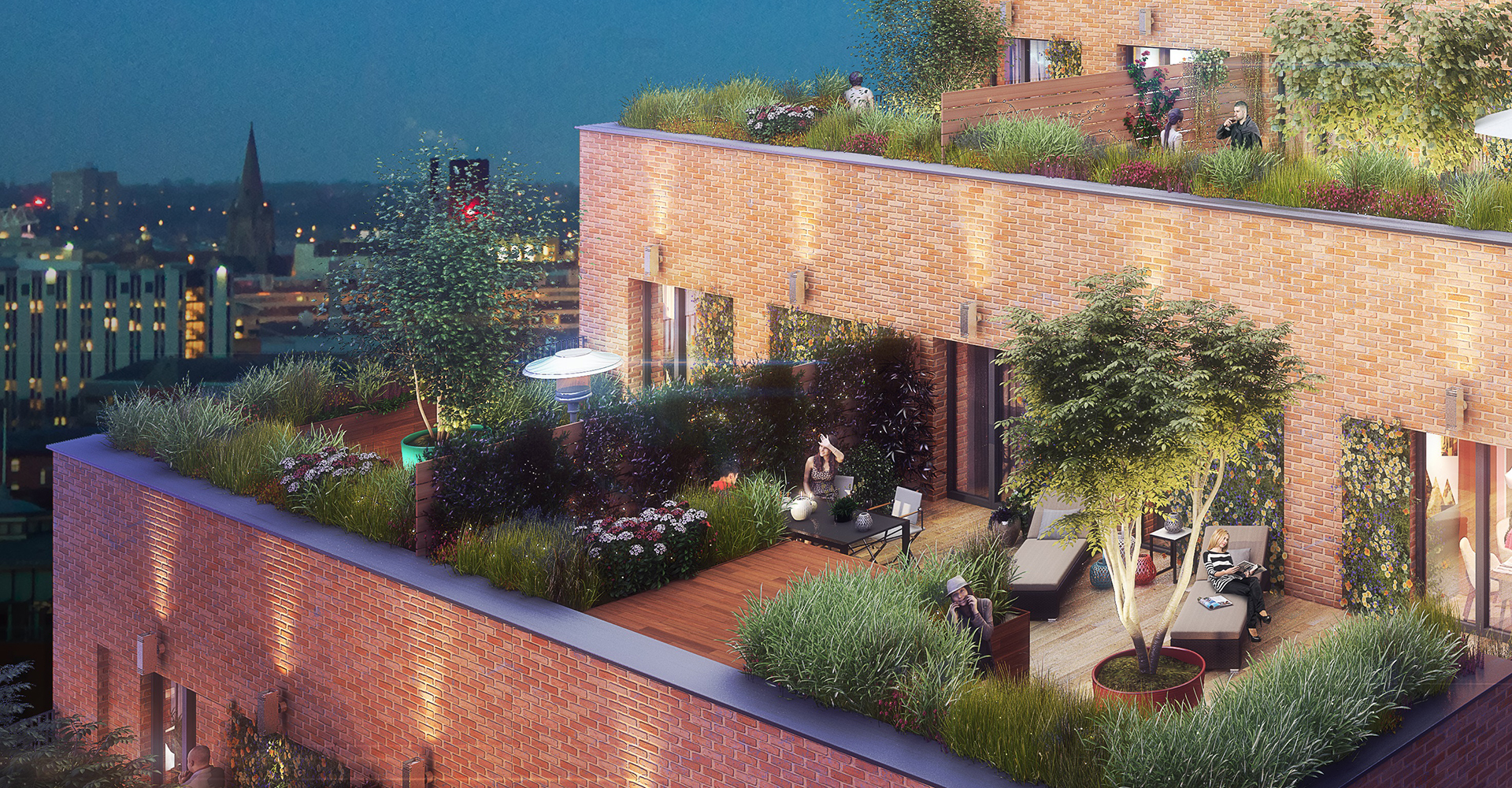Rental yield is one of the most important factors that property investors should consider before investing in a buy-to-let property. A good rental yield can provide a property investor with a steady income, a sound return on investment, and help secure their financial future.
What does rental yield mean?
The term rental yield essentially refers to the amount of money a property investor makes on a rental property, minus any costs.
Before investing in a rental property, it’s essential to calculate the rental yield, especially as a buy-to-let property comes with several ongoing costs. This will also help establish the amount of rent that will need to be charged to build wealth. If the rent is higher than what the market dictates, it could indicate that a different property should be considered.
Just like any investment, before buying an investment property, thorough research should be carried out. It’s also a good idea to keep track of your rental yield to ensure it continues to align with your financial goals.
How is rental yield calculated?
At its simplest, rental yield is calculated by adding up the total income received and then subtracting any “losses.” Losses include aspects such as maintenance costs, property management services, the cost of any mortgage and insurance.
It’s also important to consider any tax that may have to be paid on any profits made from an investment property. Legislative changes over the past few years, including the phasing out of mortgage interest tax relief, has meant buy-to-let landlords have had to pay more tax, negatively impacting rental yields.
However, a buy to let property can still return good rental yields, especially for property investors that do not require a mortgage or whose income will remain below the higher tax threshold.
Indeed, with rental prices continuing to grow in the UK (the Office for National Statistics reported that rental prices grew by 1.2 per cent in the 12 months to July 2021), savvy property investors can generate good rental yields and boost their private wealth.
What can impact rental yield?
Many things can impact rental yield. Understanding these can help property investors de-risk their property investment portfolio.
For example, a property in the wrong location can have a negative impact on rental yield, making it hard to rent out, resulting in frequent and costly tenancy voids. Before buying a buy-to-let property, research the location thoroughly as some locations demand much higher rents than others. Property that offers a higher rental yield tends to be in desirable locations that offer good transport links, a selection of good schools, as well as lifestyle amenities.
Before investing in a buy-to-let property, it’s also important to check local vacancy rates and how long rental properties stay on the market. If the market is flooded, this will result in lower rental yields. Always consider supply versus demand.
How can you improve rental yield?
There are several ways that a property investor can improve rental yield.
1. Curb appeal
A property with curb appeal will attract a higher rental income. Make sure a rental property is always kept in good tenantable repair – a fresh lick of paint, modern kitchens and bathrooms, clever storage solutions, and a tidy well-kept garden will go a long way to maximising a property’s rental yield.
2. Review outgoings
Regularly shop around and make sure you are getting the very best deal available on such things as buildings insurance, property service fees and that you have a competitive mortgage rate.
3. Consider a sustainable property
With gas and electric prices at record highs, tenants will naturally be drawn to an eco-friendly house and, this in turn, will help justify charging a higher rent. Insulation, double glazing, and solar panels can all help maximise rental yield. Additionally, it will also make the property more attractive when it is time to sell, helping to secure the very best possible price.
4. Be flexible
Many landlords instantly dismiss potential tenants with pets. However, as so few landlords allow pets, you can often charge a premium. Additionally, tenancy turnovers can be costly and can result in void periods. Always try and work with a tenant to secure a long-term tenancy.
Property investment is more than just rental yield
It’s important to remember that rental yield alone does not provide the full picture of the potential for overall capital growth in a buy-to-let property. Even if the rental yield is relatively low, the UK’s robust property market (the average UK house price increased by 5.6 per cent in the first six months of 2021) means that property investors can still make a considerable profit from rising house prices alone.
Citylife is creating new high-quality residential buildings in Leeds, across premium city centre locations, perfect for investors seeking new investment opportunities in a fast-growing city.
Find out more about our live developments of off-plan investment properties in Leeds here. If you’re interested in investing in the off-plan property Citylife is developing, get in touch with us today.





